
2012.03.28: Kamo (duck)
Today Taeko-san woke me up asking why her car couldn't start. She has an angled parking space that I back into, and I often inadvertently lock the steering wheel if I try to straighten the wheels after turning off the car. Apparently I had done so again, and she didn't know how to fix it. I was glad I had though, because, although she's still in good health, she is 86, and I do worry, and her errand was a little far and very hard to navigate. So I threw some clothes on, skipped a shower, went down to her first-generation Prius and sat in the driver's seat. Although she had insisted she didn't want to bother me and would go alone, after I started the car, I said that since I was already awake and at the wheel, I might as well drive. Once we were out and I was driving, she said she felt up for going somewhere and suggested we get lunch at Okutono-Jinya (奥殿陣屋), an army garrison built in the early 1700's.
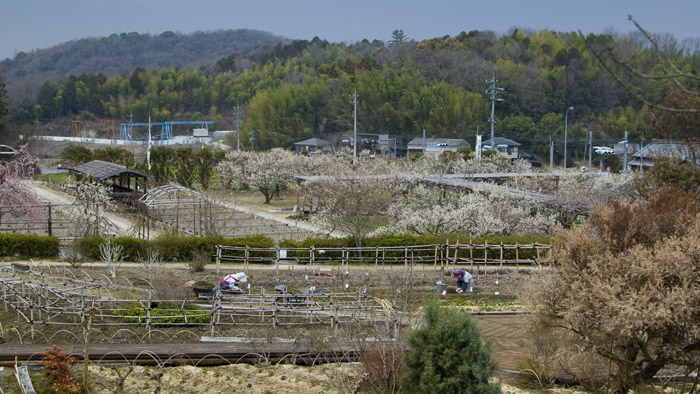
Fields at Okutono-Jinya. One of the reasons I love Okazaki is its proximity to many different kinds of places. In the span of an hour drive, you can go from mountain woodlands, to riverside paddy fields, to suburban residential areas in flat plains, to urban sprawl, to ocean.
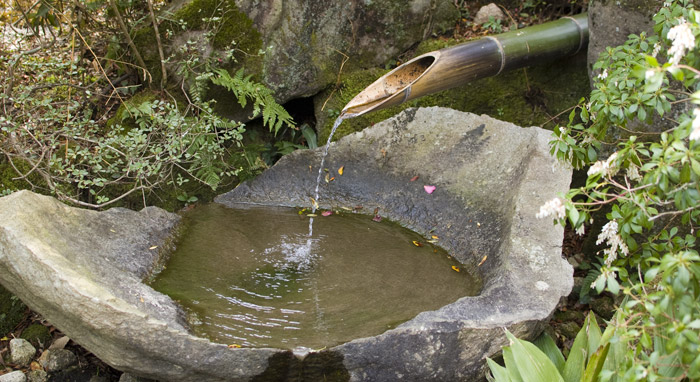
Outdoor basin for hand washing, Okutono-Jinya.
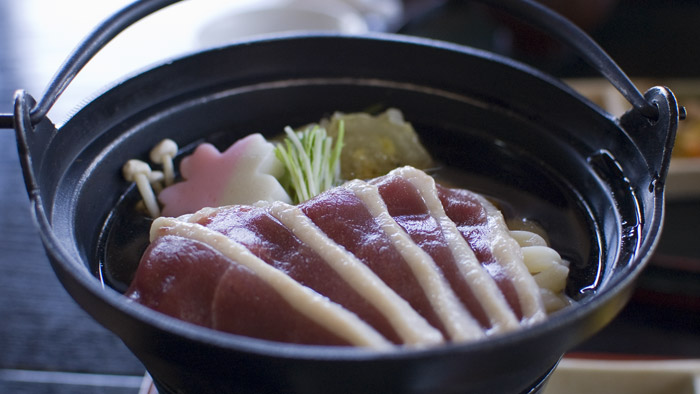
Kamo nabe. Duck, noodles, vegetables, mushrooms, and broth, cooked at the table. Beneath the pot was a candle that burned hot enough to simmer the soup, although the process did take about ten minutes of me hungrily considering whether raw duck was okay to eat or not. The view was very nice, although the trees were still bare, so I didn't take many pictures of the garden. I might come back here with Abby and take some then, although we will only have four days around Okazaki and there's more than four days of places to go see.
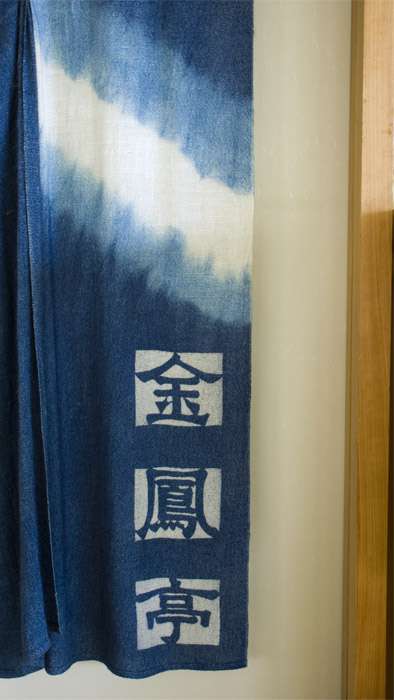
Noren, a hanging curtain used to separate spaces. Often used by restaurants, probably because the bright colors and designs are more welcoming than a closed door. The kanji read "Kinpōtei," the name of the restaurant inside Okutono-Jinya. Kinpōtei was named after a garden tea room found in one of the old maps of the barracks. The name is likely a mixture of "Kinpōge" (金鳳花), or buttercup flower, and "tei" (亭), which can mean a building for rest inside a garden.
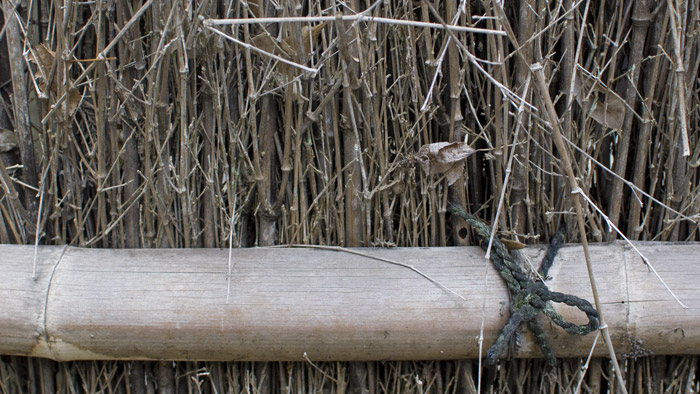
Fence, Okutono-Jinya.
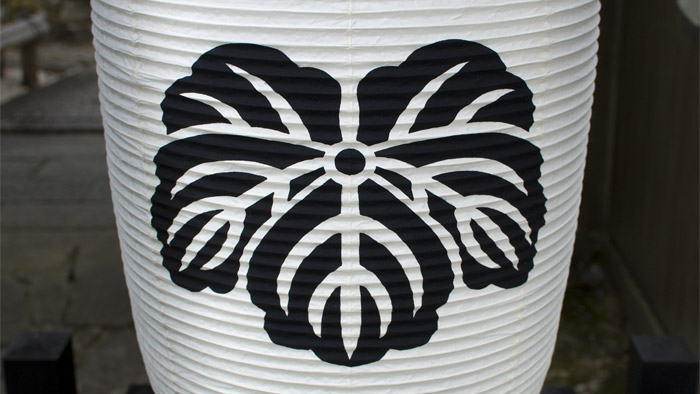
Hanging lantern, Okutono-Jinya.
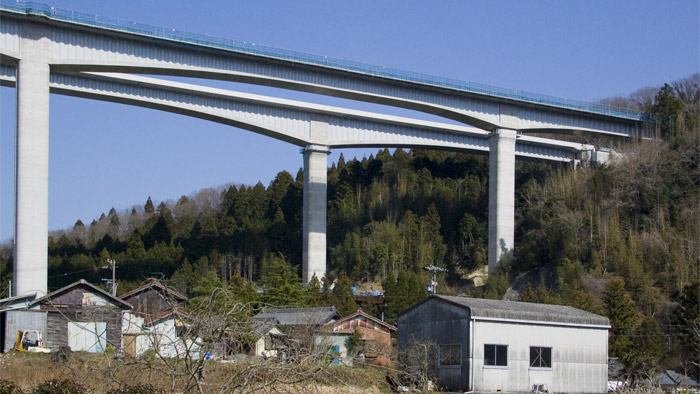
A bridge for a new tollway being built to alleviate traffic in the current Tōmei Expressway (we'd call it an interstate), the main tollway from Tokyo to Nagoya.


